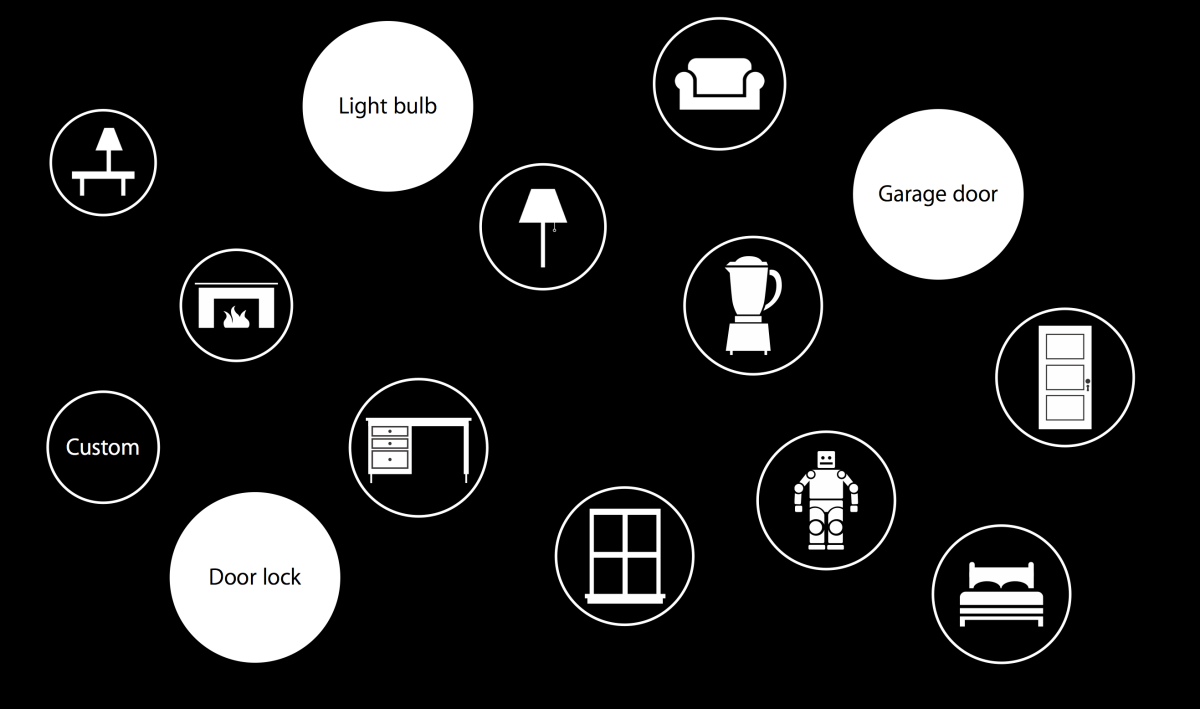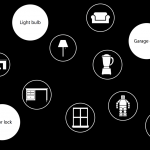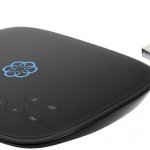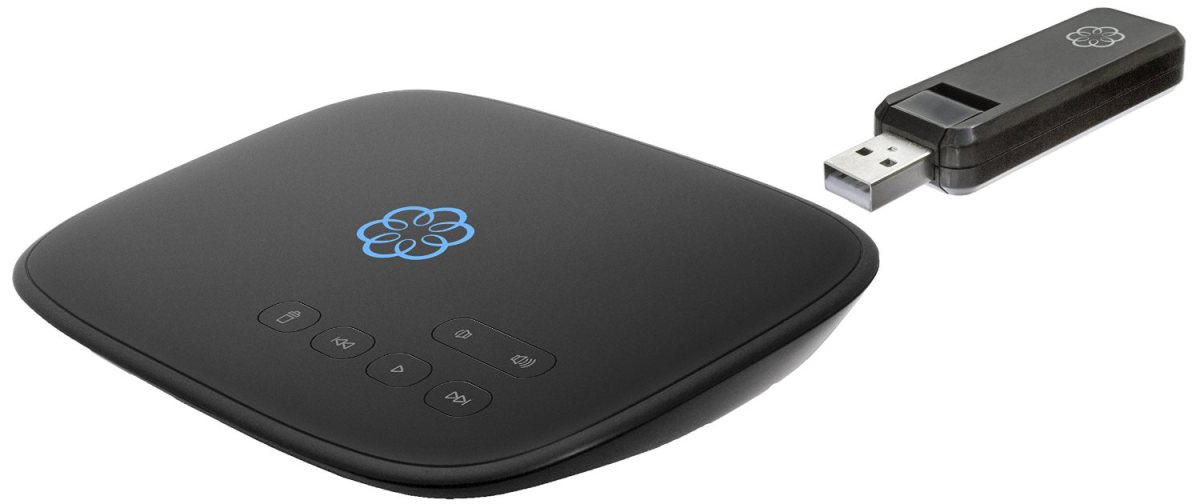
Broadcom has announced that its Wireless Internet Connectivity for Embedded Devices (WICED) SDK now offers full HomeKit support. As the first company to meet HomeKit technical specifications for Wi-Fi and Bluetooth Smart, Broadcom expands its Internet of Things (IoT) portfolio offerings.
Broadcom’s WICED platform enables developers and OEMs to take advantage of the growing Apple’s HomeKit ecosystem. By helping companies create IoT products that are HomeKit compliant, Broadcom is said to reduce time-to-market and improve the consumer experience.
Broadcom’s WICED platform can also connect endpoints through a process known as bridging that delivers the benefits of HomeKit through a hardware module. This allows a product like a Bluetooth Smart light bulb to connect to a smart plug containing Broadcom’s WICED module, creating a bridge from the light bulb to the user’s HomeKit-supported app on their iPhone, iPad or iPod touch.
HomeKit offers a set of common protocols making it easier for customers to control HomeKit-enabled accessories using Siri or iOS applications. HomeKit is built on a secure foundation with end-to-end encryption which provides customers a secure connection between their iPhone, iPad or iPod touch and HomeKit-enabled accessory.
Key Features:
- Support for 802.11ab/g/n Wi-Fi and Bluetooth Smart
- Compact design to support multiple microcontrollers (MCUs) and systems-on-a-chip (SOCs)
- Low memory footprint
- Integrated development tools
- Reliable interoperability and integrated security
- Upgradeable over wireless connections
Availability
Broadcom’s WICED SDK and hardware module with HomeKit support are available now.



 If an
If an  The
The  As with previous versions of the specification, the range of the Bluetooth v4.0 radio may be optimized according to application. The majority of Bluetooth devices on the market today include the basic 30 foot, or 10 meter, range of the Classic Bluetooth radio, but there is no limit imposed by the Specification.
As with previous versions of the specification, the range of the Bluetooth v4.0 radio may be optimized according to application. The majority of Bluetooth devices on the market today include the basic 30 foot, or 10 meter, range of the Classic Bluetooth radio, but there is no limit imposed by the Specification. 






